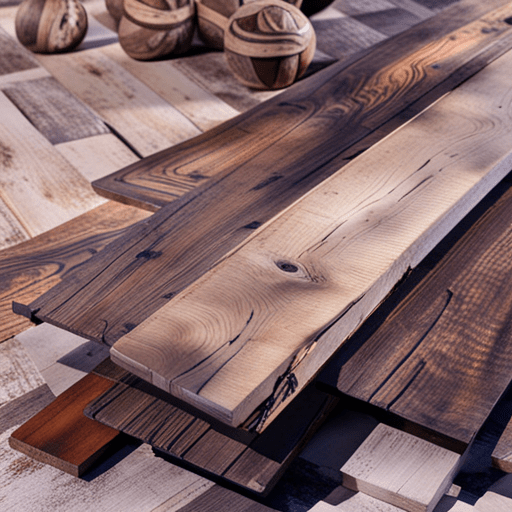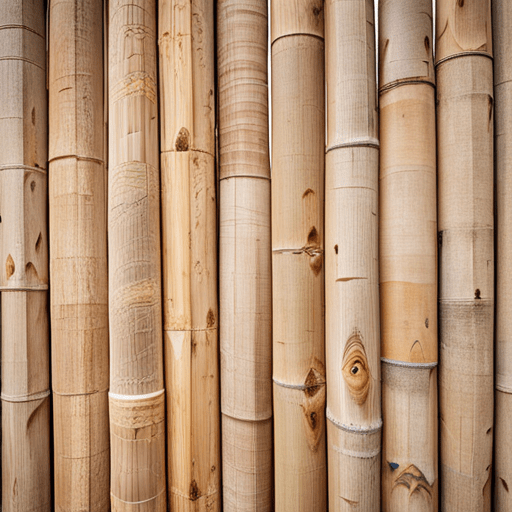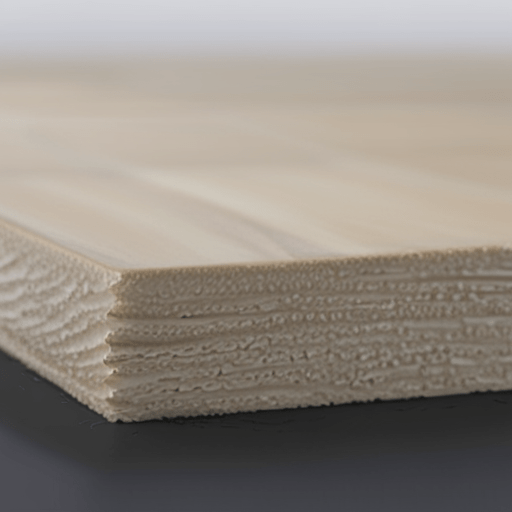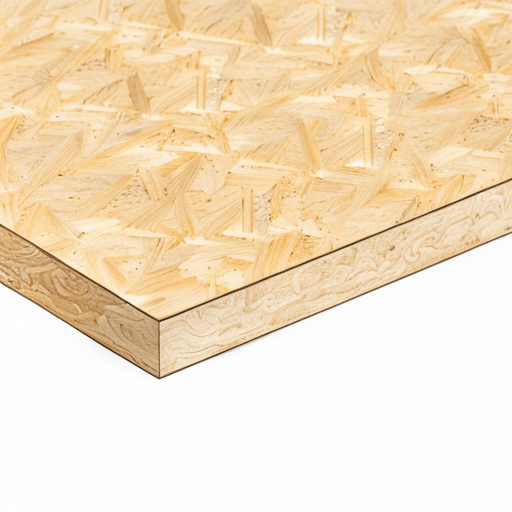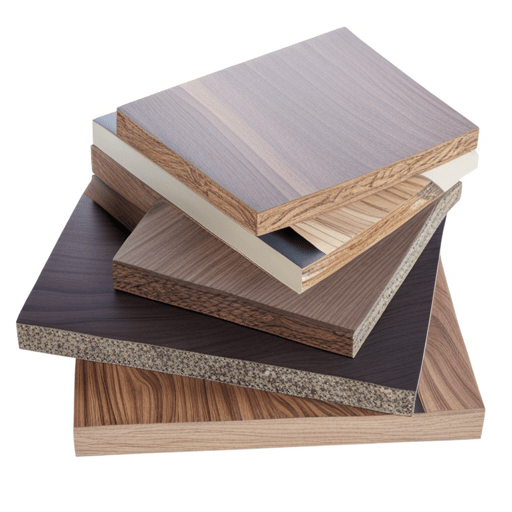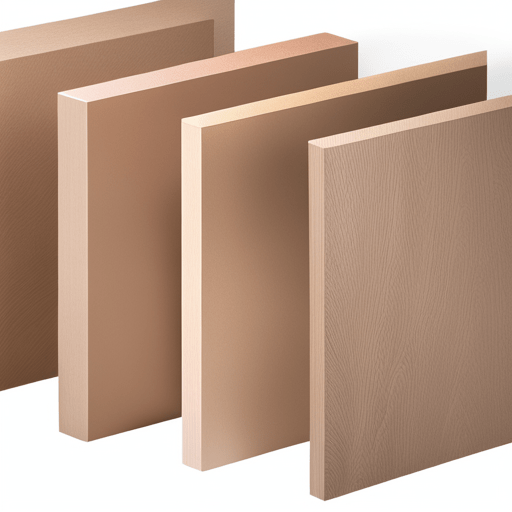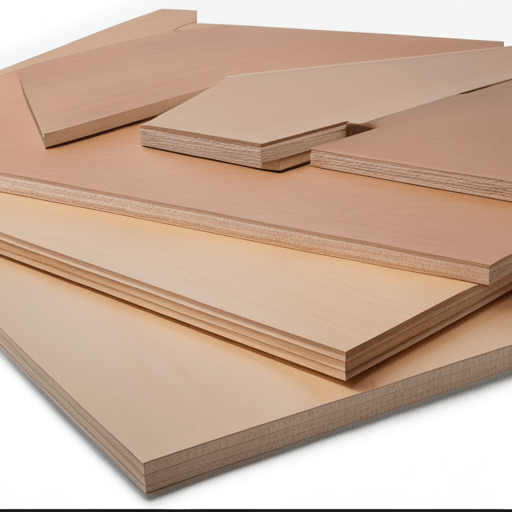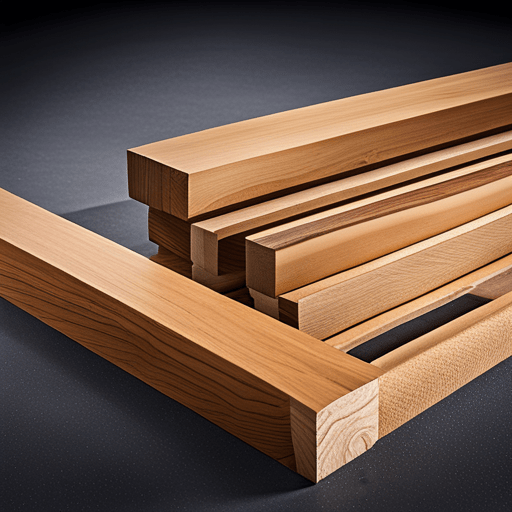“Reclaimed wood, with its unique character and rich history, is increasingly cherished in furniture design for its beauty and sustainability. By repurposing salvaged materials from old structures or furniture, designers breathe new life into each piece, adding a touch of nostalgia and authenticity. The knots, grains, and imperfections tell a story, giving reclaimed wood furniture a sense of charm and individuality. Not only does using reclaimed wood reduce the demand for new timber, but it also promotes environmental sustainability by preventing these materials from ending up in landfills. Embracing the beauty and sustainability of reclaimed wood in furniture design is a statement of conscious craftsmanship and a celebration of the timeless allure of natural materials.”
Day: June 5, 2023
Bamboo: The Ultimate Eco-Friendly Furniture
“Bamboo, a versatile and sustainable material, is increasingly being embraced in furniture design. Known for its strength, flexibility, and rapid renewability, bamboo offers a range of possibilities for creating beautiful and eco-friendly furniture pieces. Whether it’s bamboo frames for chairs and tables, bamboo veneers for surfaces, or bamboo woven panels for decorative elements, this natural material adds a touch of elegance and environmental consciousness to any space. With its unique grain patterns and warm hues, bamboo furniture effortlessly combines aesthetics and sustainability, making it a popular choice for those seeking eco-friendly and stylish designs.”
Wood Composite: The Ultimate Fusion of Beauty, Durability
“Wood composite materials, such as wood-plastic composites (WPC) or wood-cement composites, offer a perfect blend of wood fibers with other materials, resulting in enhanced performance and versatility. By combining the natural beauty and strength of wood with the benefits of other elements, wood composites provide superior durability, resistance to moisture, and dimensional stability. Whether it’s WPC decking that mimics the look of real wood while being low-maintenance, or wood-cement composites that offer exceptional strength for construction applications, wood composites are an innovative solution that allows for sustainable and high-performance designs in various industries.”
Engineered Wood: A Strong, Smart, and Sustainable Choice
“Engineered wood is revolutionizing modern furniture design by unlocking exceptional strength and stability. With its innovative construction, engineered wood products like laminated veneer lumber (LVL) and finger-jointed boards offer superior performance and durability. These engineered wood materials are carefully crafted by bonding multiple layers of wood together, resulting in a composite material that is stronger and more resistant to warping than traditional solid wood. Engineered wood allows designers to push the boundaries of creativity while ensuring structural integrity, making it an ideal choice for creating innovative and long-lasting furniture pieces that stand the test of time.”
Oriented Strand Board: The Revolutionary Powerhouse for Structural Brilliance
“Oriented Strand Board (OSB) is a versatile and durable material commonly used for structural components in furniture design. Composed of compressed wood strands bonded with resin, OSB offers exceptional strength and stability. Its layered construction provides excellent dimensional stability, reducing the risk of warping or splitting. With its high load-bearing capacity, OSB is suitable for a wide range of furniture applications, including table tops, cabinet backs, and shelving. The uniform composition of OSB ensures consistent performance, making it a reliable choice for creating sturdy and long-lasting furniture pieces.”
Particleboard for Furniture: The Affordable Secret
“Particleboard is a versatile and cost-effective material commonly used for furniture interiors. Consisting of wood chips and resin, it provides a solid and robust base for furniture construction. Its affordability makes it a popular option for consumers on a budget, without sacrificing durability. Particleboard is ideal for veneering or laminating to attain a desired aesthetic due to its smooth surface. Whether used for shelving, cabinet interiors, or other furniture components, particleboard is a cost-effective and practical material for constructing functional and aesthetically pleasing pieces.
MDF: The Ultimate Smooth Finish for Flawless Painted Furniture
Medium-Density Fiberboard (MDF) is a popular choice for furniture designers seeking flawlessly painted surfaces. MDF, which is composed of wood fibres and resin, offers a homogeneous and consistent surface that is ideal for creating a sleek and contemporary appearance. Its dense composition renders it resistant to warping and splitting, thereby extending the life of furniture. MDF’s versatility and low cost enable designers to create stunning painted finishes that enhance any interior space.
Plywood Secrets: Craft Stunning, Lasting Furniture Now
“Plywood is the material of choice for furniture designers in search of durability, stability, and adaptability. Composed of thin layers of wood veneer laminated together, plywood possesses exceptional structural integrity and deformation resistance. Its cross-grain construction ensures durability and longevity by distributing weight equitably. Whether it’s used as a continuous panel or in conjunction with other materials, plywood enables designers to create durable, streamlined furniture.”
Solid Wood: The Ultimate Choice for Timeless Craftsmanship
“Solid wood is an enduring option for those in search of exquisite craftsmanship in furniture. With options such as oak, walnut, mahogany, teak, and pine, solid wood offers unparalleled natural beauty and durability. Whether it is a hand-carved dining table or a meticulously crafted bedroom set, solid wood furniture displays the artistry and elegance that only nature’s own material can offer.”

